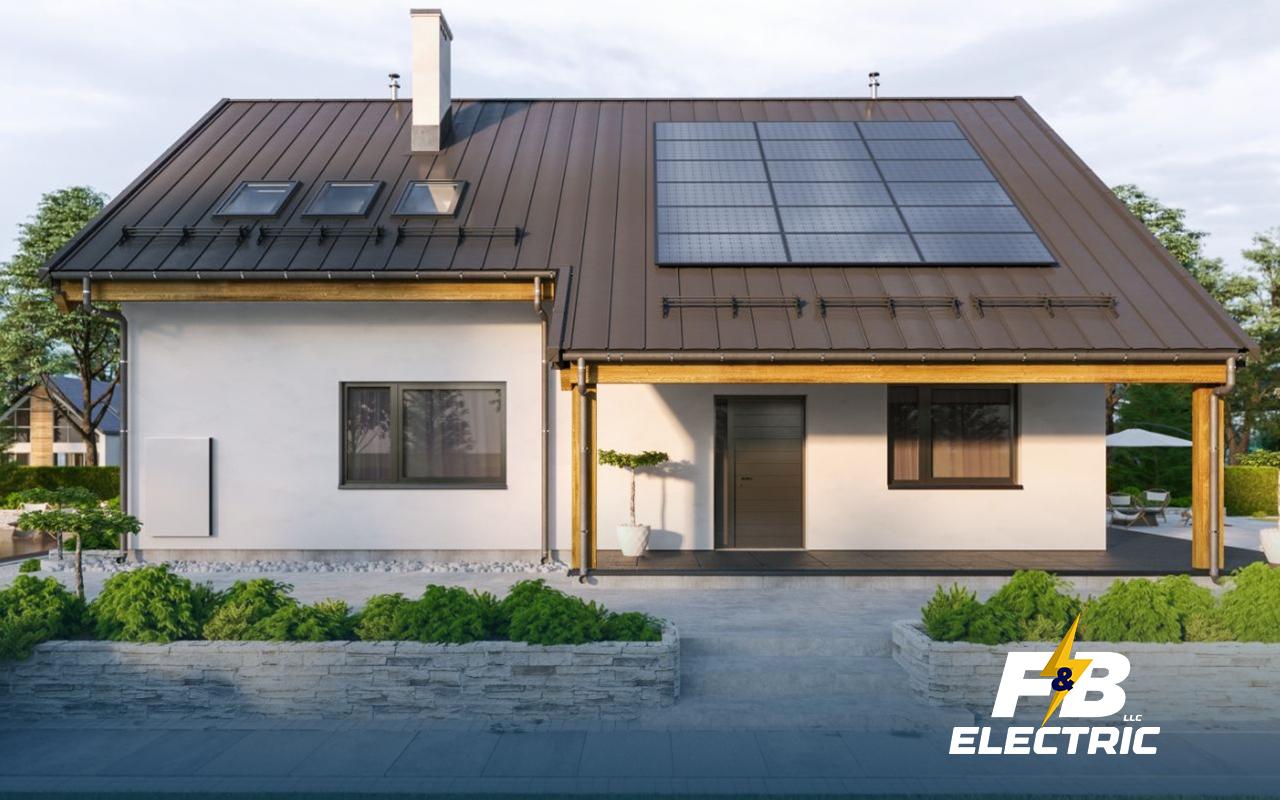
Following electrical safety guidelines isn’t just about meeting current standards—it’s about planning for the future. As technology advances, modern homes require electrical systems that can support smart devices, energy-efficient appliances, and high-powered equipment without compromising safety. Designing a home with future-proof electrical safety in mind ensures long-term reliability and reduced maintenance costs.
How Electrical Safety Guidelines Shape Modern Home Design
Technology is evolving, and homes need electrical systems that can handle increasing demands while minimizing risks. Adapting electrical setups to meet modern standards ensures both efficiency and long-term safety.
Integrating Smart Electrical Infrastructure
Many homeowners are upgrading to smart home technology that requires enhanced electrical planning. Important considerations include:
- Dedicated circuits for high-demand smart appliances to prevent overload.
- Safe installation of connected security systems that require stable power sources.
- Surge protection for delicate electronics to prevent power fluctuations.
- Battery backups for automated home functions to maintain system reliability.
Energy Storage and Alternative Power Sources
Homes are moving beyond traditional electrical setups by integrating solar panels, home batteries, and energy-efficient grids. To meet modern electrical safety guidelines, homes must be equipped with:
- Safe wiring configurations for energy storage systems.
- Proper load management to handle alternative power sources.
- Automated disconnect switches for seamless transitions between grid and backup power.
Upgrading Home Electrical Layouts for Future Safety
Many homes were not built to accommodate today’s high-power devices and energy-efficient systems. Making adjustments now ensures electrical reliability for years to come.
Redesigning Outdated Electrical Systems
Many homeowners experience electrical inefficiencies due to layouts that were designed for low-power demands. Modern electrical safety guidelines emphasize the following:
- Strategic placement of outlets to reduce reliance on extension cords.
- Higher amp capacity in home wiring to prevent overheating.
- Enhanced grounding techniques to minimize electrical disruptions.
- Advanced breaker systems that automatically detect faults and shut down risks.
Electrical Zoning for Maximum Efficiency
Proper zoning divides a home’s electrical system into manageable sections, reducing stress on circuits. Modern homes benefit from:
- Dedicated power zones for kitchens, home offices, and entertainment areas.
- Isolated circuits for heavy-duty appliances to maintain performance.
- Smart energy monitoring tools to track real-time power usage.
Why Future-Ready Electrical Safety Guidelines Matter
Building a home that aligns with advanced electrical safety guidelines helps avoid major electrical overhauls in the future.
Benefits of Modern Electrical Safety Planning
By following future-focused electrical safety standards, homeowners can:
- Reduce long-term electrical costs by minimizing inefficiencies.
- Ensure seamless compatibility with evolving technology.
- Create safer home environments through improved circuit protection.
- Avoid costly rewiring projects as power demands increase.
Preparing Homes for Expanding Electrical Needs
Adapting electrical safety measures becomes essential as homeowners invest in electric vehicle chargers, high-powered smart systems, and renewable energy sources. A future-proof electrical system ensures reliability for decades to come.
Plan for a Safer and Smarter Electrical Future
Following electrical safety guidelines ensures homes are equipped to handle future demands while maintaining efficiency and safety. A well-designed system not only prevents hazards but also supports expanding energy needs without unnecessary upgrades.
Our team provides licensed and insured electrical services with 24/7 availability, free estimates, and a one-year warranty on all work. Contact us today to future-proof your home’s electrical system.
